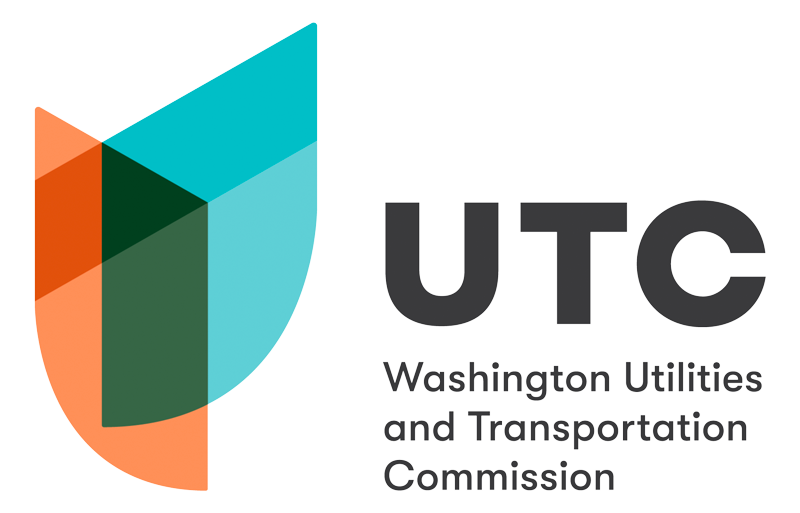In order to construct, close, or make any changes to a public railroad crossing, by law, a railroad or public agency (such as a city/county/state park) must file a petition with the UTC and receive approval (see RCW 81.53.030, RCW 81.53.060, RCW 81.53.261, and WAC 480-62-150). By filing a petition, the petitioner alleges that public safety requires the construction, closure, or modification at the crossing, and bears the burden of proof.
The Manual on Uniform Traffic Control Devices (MUTCD) is the national standard for traffic control devices adopted in 23 CFR Part 655.603. The UTC adopts the MUTCD by reference in WAC 480-62-999.
Because of the number of variables to be considered, no single standard system of traffic control devices is universally applicable for all crossings (MUTCD Part 8A.03). The appropriate traffic control system to be used at a grade crossing must be determined based on an engineering study conducted by a Diagnostic Team involving the highway agency with jurisdiction and the railroad company (MUTCD Part 8A.05). The Diagnostic Team considers factors such as road geometrics, stopping distances, train volume and speeds, vehicle and pedestrian traffic, etc., when making its determinations.
UTC staff are not engineers but participate as part of the Diagnostic Team when evaluating proposed construction, closure, or changes to a crossing. UTC staff’s primary duties related to petitions involve reviewing, evaluating, and making recommendations to the UTC.
Petition Process
Generally, the petition process works as follows:
- Diagnostic team meeting - The diagnostic team meeting is a meeting of the parties (UTC staff, the railroad, and public agency road authority at a minimum) at the crossing, to discuss proposed changes and provide an opportunity for discussion of any safety concerns and/or questions prior to the petition being filed at the UTC. The petitioner schedules the meeting, discusses the changes proposed at each crossing, answers any questions, and sends out meeting notes after the diagnostic meeting.
- Petition –Once the project is at approximately 60 percent design*, the petitioner files the petition with the UTC. The petitioner must ensure that all information in the petition is current and complete and obtain the respondent’s signature (if the road authority is the petitioner, the railroad is the respondent) on the Waiver of Hearing portion of the petition prior to filing. Design drawings must also be included.
- Order – Once the petition is received, UTC staff reviews it and, assuming the petition is complete, makes a recommendation to the UTC for approval. The UTC then reviews the petition on its merits. If the UTC approves the petition, it issues an order granting the petition. This part of the process can take 30-60 days. If the respondent does not waive the hearing, the matter proceeds through an administrative hearing process before the UTC, which can take months to complete.
*For 60 percent design, UTC staff assumes the standard meaning in the field of civil engineering/construction review process. There is no UTC definition for 60 percent design. In order to file the petition, the project should have progressed to the point that the principal parties have a clear understanding of, and agreement around, what the project will look like. The petitioner may file when the project has reached this point in design. The UTC evaluates the petition and bases its approval of the project on the contents of the petition and the design drawings attached to the petition.
Questions
For questions or information on rail crossing changes please contact rail@utc.wa.gov.
